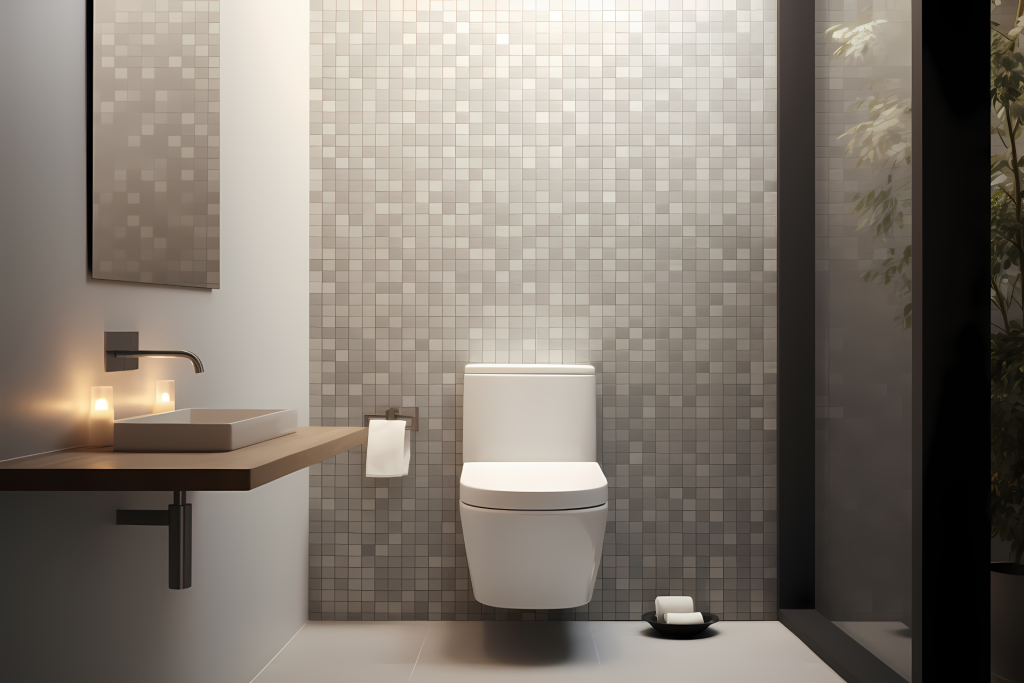Conclusion
Integrating smart technology into commercial washrooms offers numerous benefits, from improved hygiene and energy efficiency to cost savings and enhanced user satisfaction.
By adopting these innovations, businesses can create more appealing and functional spaces that meet modern demands. As technology continues to evolve, the potential for further enhancements in washroom design is vast, promising even greater improvements in the future.
If you are interested in exploring the possibilities of smart technology for your commercial washrooms, we invite you to reach out to Ask Washrooms.
Our team of experts can provide tailored solutions to meet your specific needs and help you stay ahead of the curve. Contact us today for a consultation and take the first step towards future-proofing your washroom facilities.



